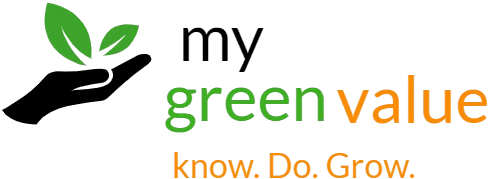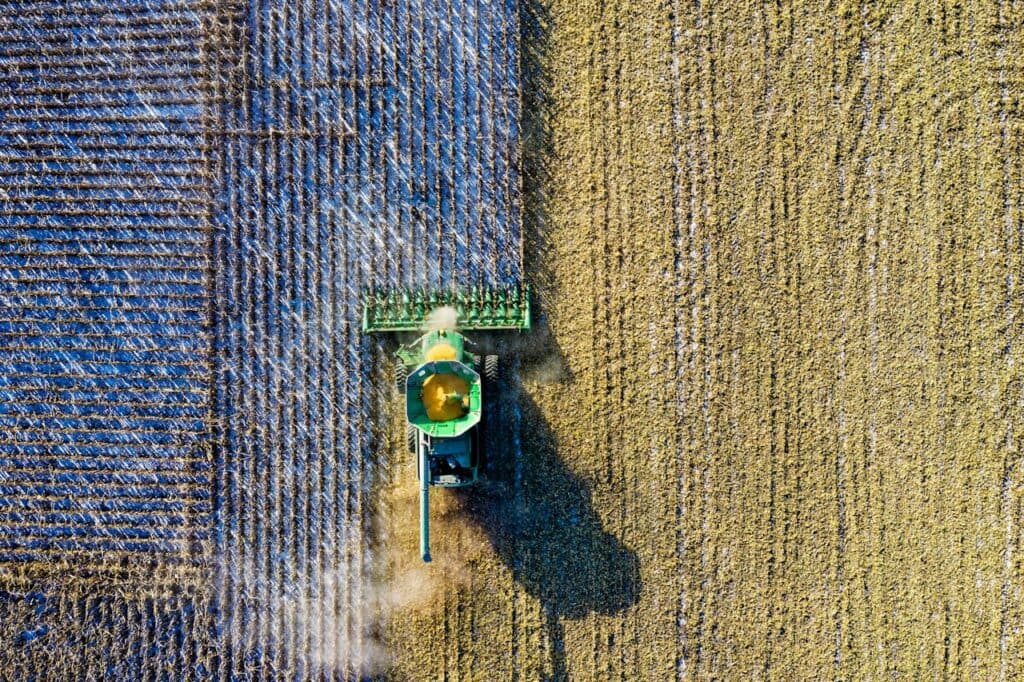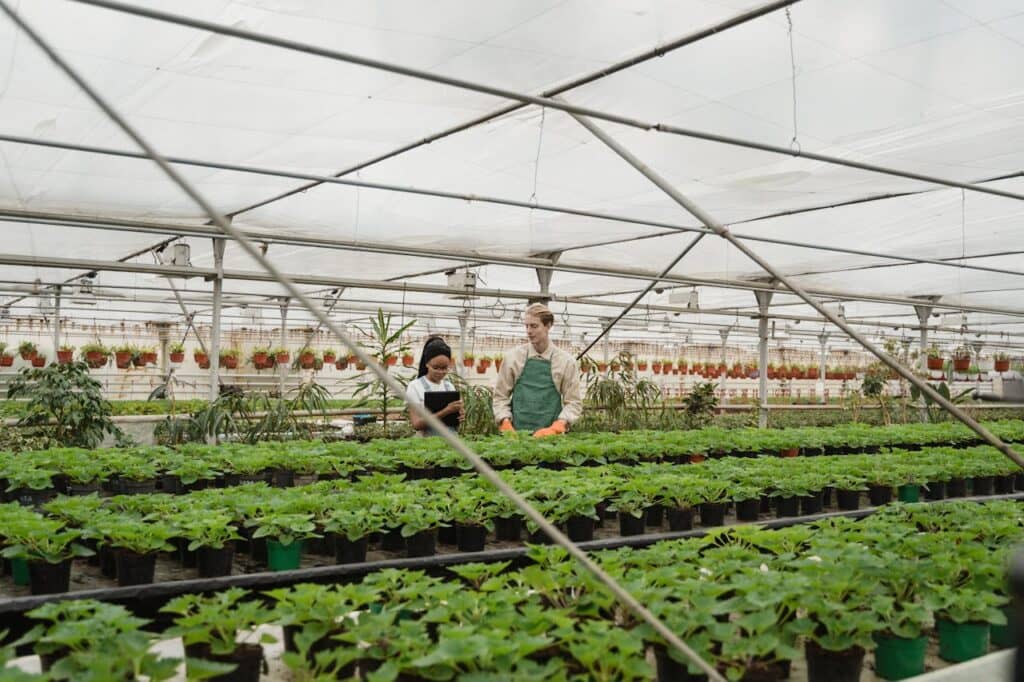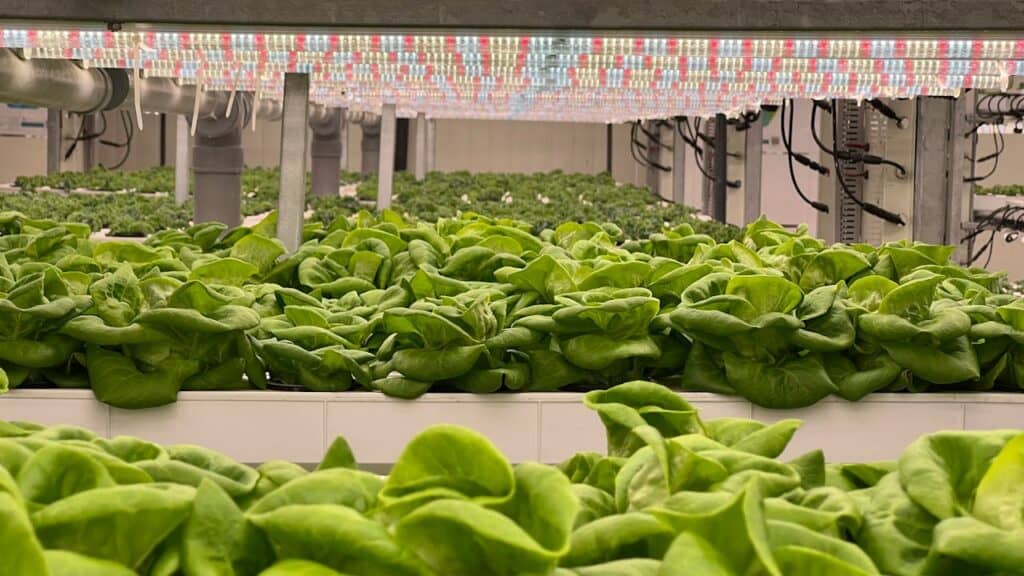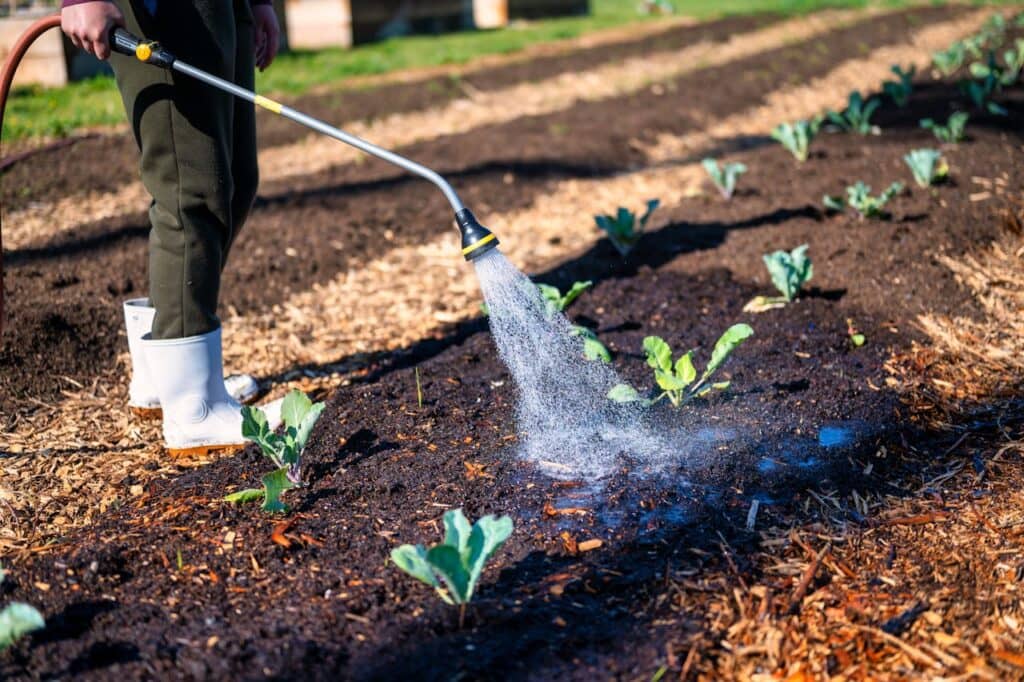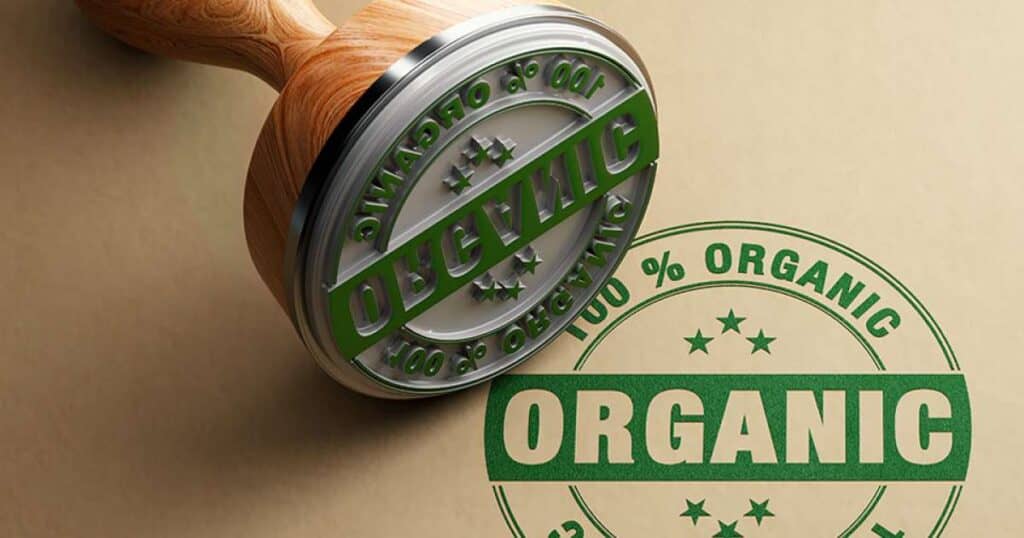How technology is revolutionizing agribusiness: the impact of AI, IoT, drones, and precision farming
Agribusiness, the backbone of global food security and economic stability, is undergoing a profound transformation thanks to rapid technological advancements. As the world grapples with the challenges of climate change, population growth, and dwindling arable land, technology emerges as both …
